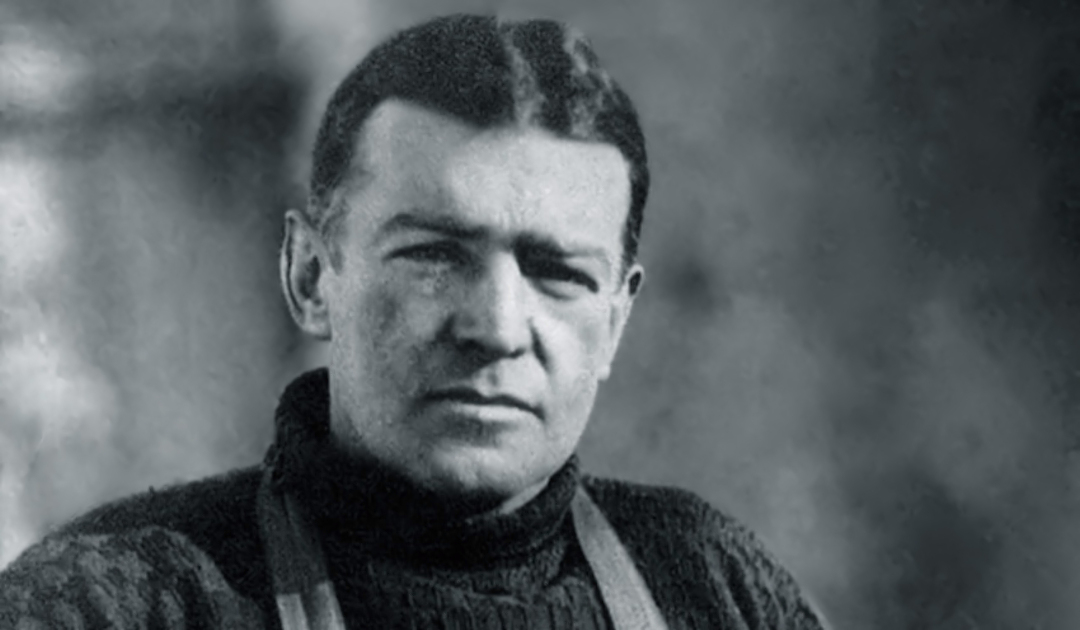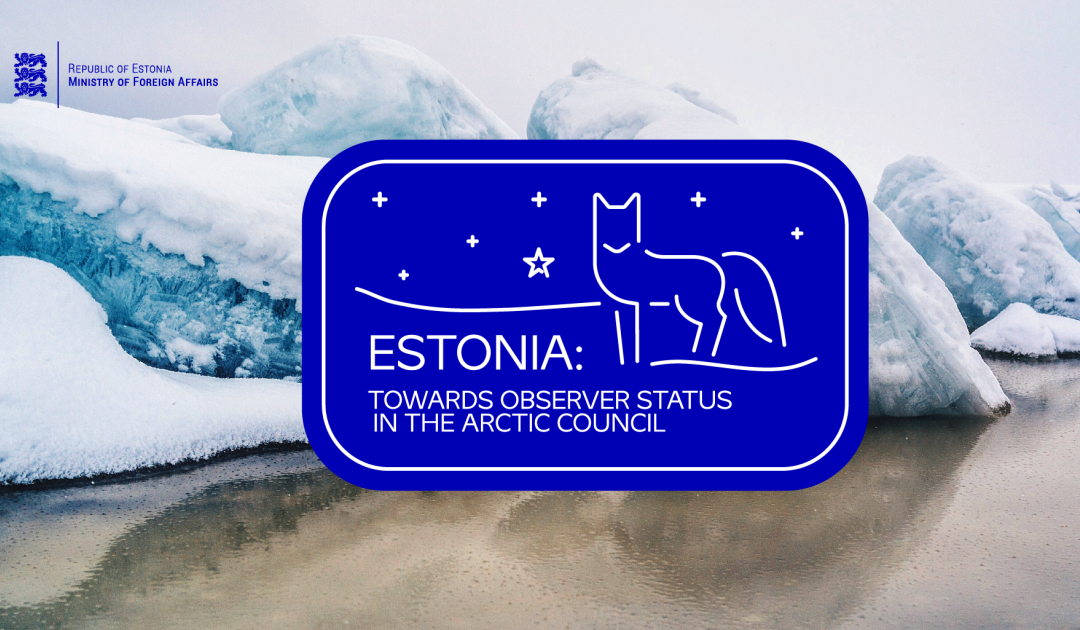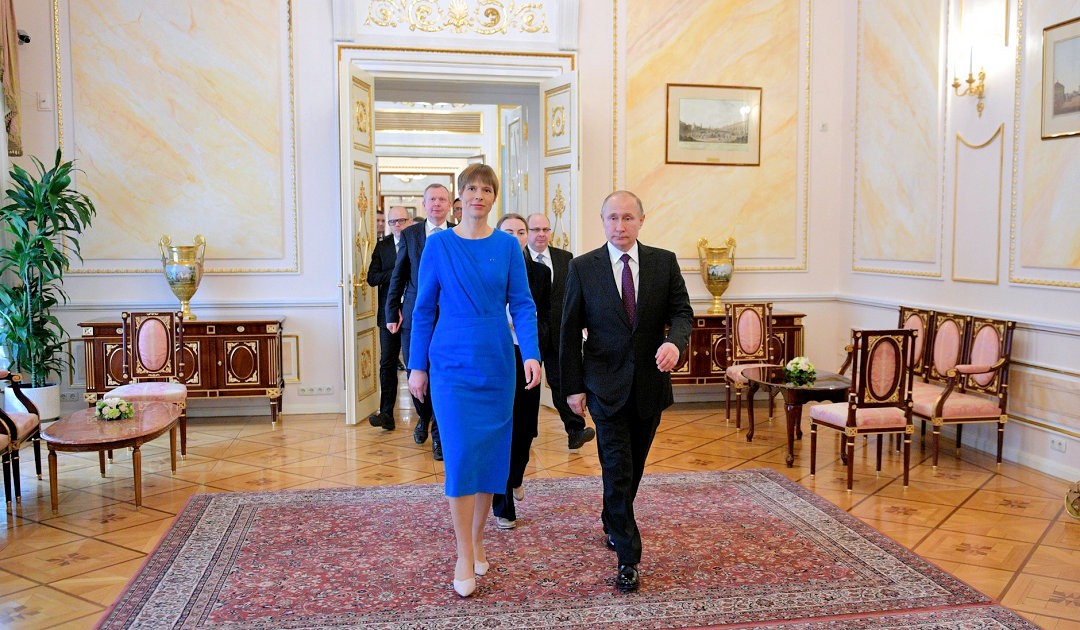
The Arctic calls! Economically as well as politically and scientifically, interest in the far north has been increasing in recent years. But in the meantime, it is also the effects of climate change that are prompting non-Arctic states to look into the area. In the process, such nations are also considering applying to become observers in the illustrious circle of the Arctic Council. For it is here that all Arctic issues are discussed and decisions are made. The latest applicants are now Ireland and Estonia. The decision on their membership applications could provide clues as to how the relationship between the West and Russia in the Arctic will develop.
The two EU member states officially submitted their application to the Arctic Council last year and now have to wait until May, when the Arctic Council will meet in Iceland (depending on the COVID situation). The accession of the two countries will then be officially voted on at this meeting. At the same time, the leadership of the Council will be officially handed over from Iceland to Russia, which will then hold the chairmanship of the Arctic Council for the next two years.

A formal decision was taken in the Irish Cabinet of Ministers on December 2, 2020 to submit its application for a seat on the Arctic Council Observer Panel. Foreign Minister Simon Coveney had argued strongly in favour of a bid. Ireland’s interest in the Arctic is primarily related to the impact of climate change on coastal and agricultural areas. Ireland hopes to have better access to information on the environmental and climate policies of Arctic nations as it faces the impacts of climate change. As an island directly on the Atlantic Ocean, the island is located in the middle of an area where weather extremes, intensified by climate change, can occur. And agriculture still plays an important role in the Irish economy. But also historically, Ireland has a rich polar tradition. Some of the most famous polar explorers from the golden age of polar exploration were from Ireland, including Sir Ernest Shackleton and Tom Crean. Edward Bransfield and Francis Crozier were also Irish.

On the other side is Estonia, which had already officially submitted its application to the Arctic Council at the beginning of November. The country had already done a lot of advertising in the run-up to the event. And last week, Estonia’s President Kersti Kaljulaid once again appeared at a virtual meeting of the Arctic Circle, highlighting the benefits of Estonia’s seat on the Observer Circle. She particularly emphasised the economic advantages in the field of sustainability and development that would result from Estonia’s innovative spirit. In addition, Estonia considers itself the northernmost non-Arctic nation (which can be supported or rejected depending on one’s point of view). There are certainly particular economic interests in the application, as Estonia lies directly on the border with Russia and in future goods from the Asian region could reach Europe via the faster land route from Murmansk, which lies to the north, including through Estonia. Plans for a railway connection including a tunnel under the Baltic Sea have been presented already.

Actually, there is nothing to be said against admitting the two countries. But there is no guarantee. Since Switzerland was admitted as an observer in 2017, no further nations or organizations have been included in the circle. And since Russia is taking over the chairmanship of the Arctic Council just this year, it will be exciting with regard to the membership of Estonia and Ireland in the circle of observers. Because the EU is still waiting and is “only” an invited participant in the annual meetings. Whether this will change with Russia’s presidency is more than questionable in view of the disputes between the EU and Russia on a number of issues. And the membership of Ireland and Estonia in the EU could perhaps also have a negative effect on their entry into the illustrious round of observers in the Arctic Council. On the other hand, help for membership could come from the other EU plus Arctic Council members Denmark, Sweden and Finland. The United States could also provide support to NATO partner Estonia and, in the process, to Ireland. Overall, the question arises as to how far international politics has now become involved in the Arctic Council’s platform and its decisions. For until now the Council had been one of the few places where the great powers were able to talk to each other and worked out solutions, despite differences in other political fields. But changes are now happening in the Arctic not only in climatic terms.
Dr Michael Wenger, PolarJournal
More on the subject:





